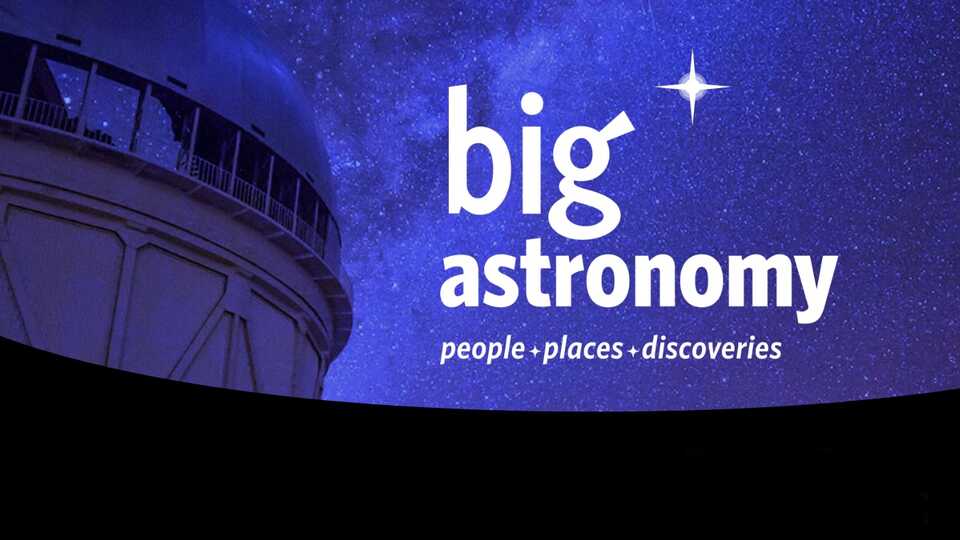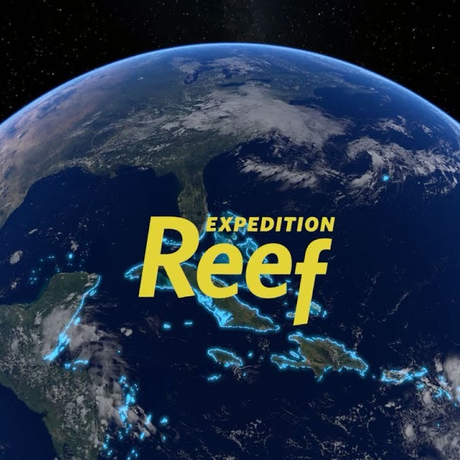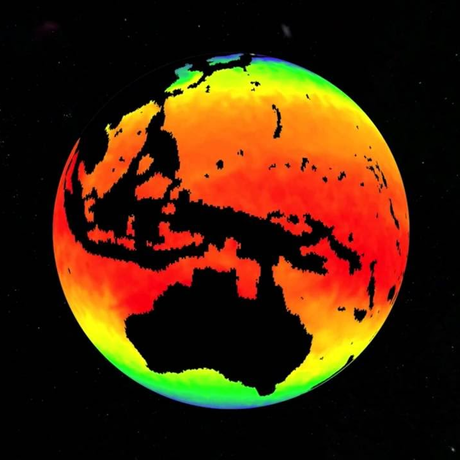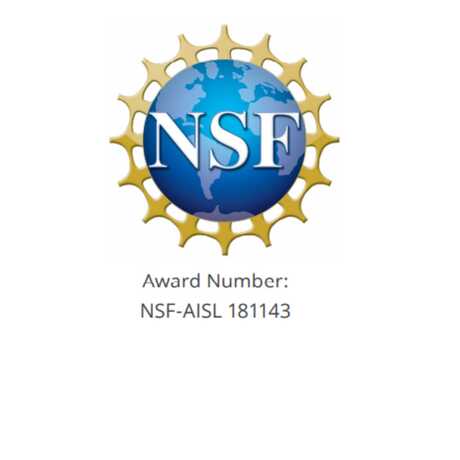Our collection of educational videos will help your students visualize data and understand scientific concepts.
Length: 30 min
Appropriate for: Grades 6-12
Languages: English language and Spanish language versions available
It takes a team of people with diverse backgrounds, talents and skills, working under unique sky conditions, to make a world-class observatory succeed. Big Astronomy will introduce you to cutting-edge telescopes in the remote mountains of Chile and to the people who make sure these instruments operate day and night, unlocking the secrets of the universe.
Big Astronomy: People, Places, Discoveries explores three observatories located in Chile, at extreme and remote places. It gives examples of the multitude of STEM careers needed to keep the great observatories working. The show is narrated by Barbara Rojas-Ayala, a Chilean astronomer.




